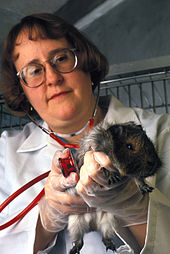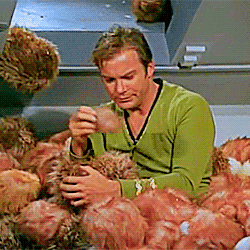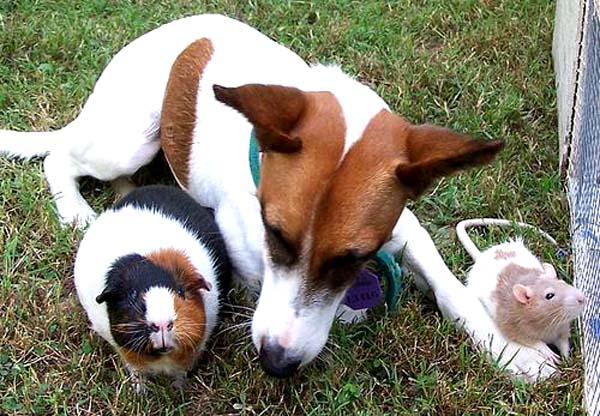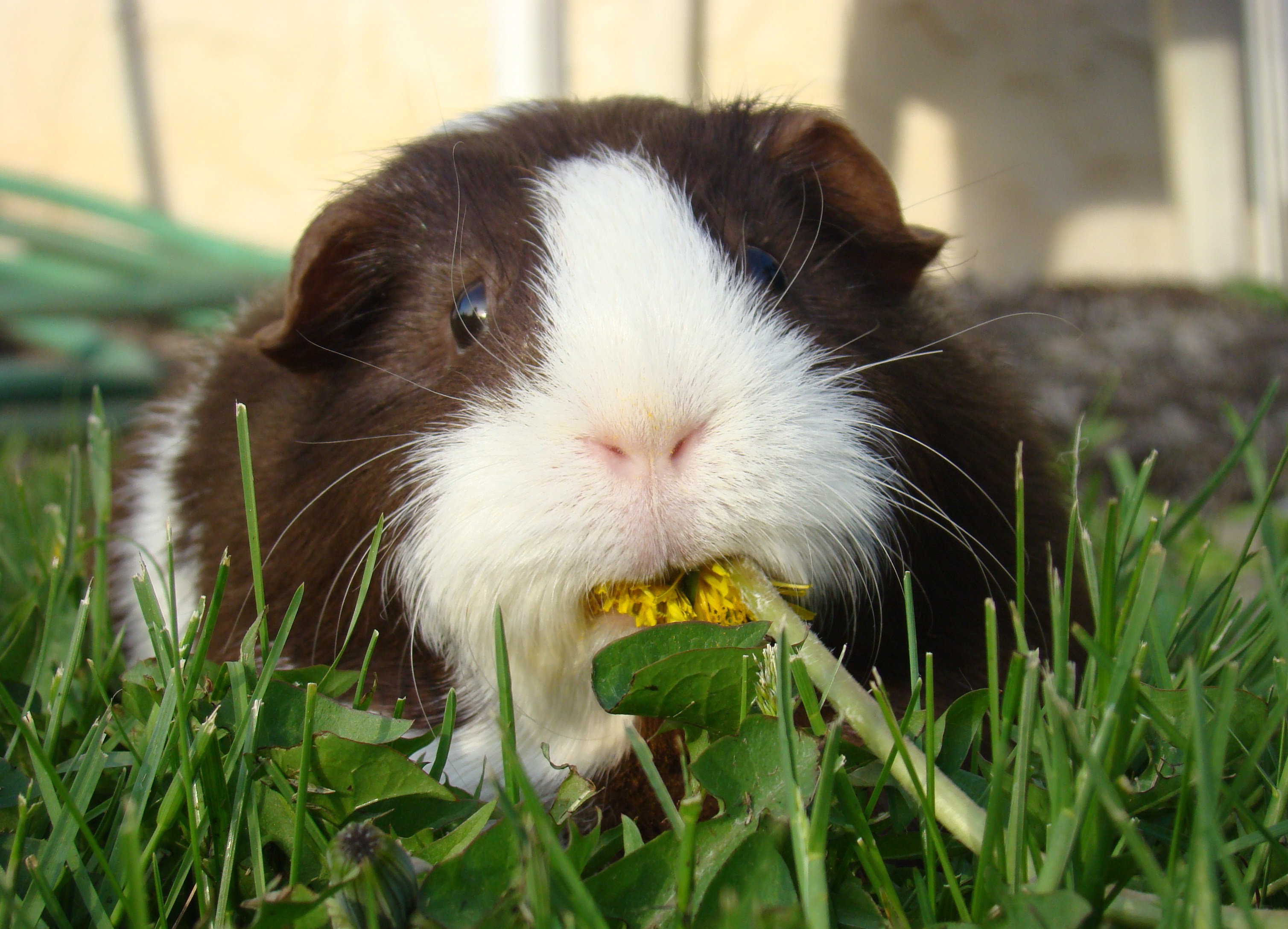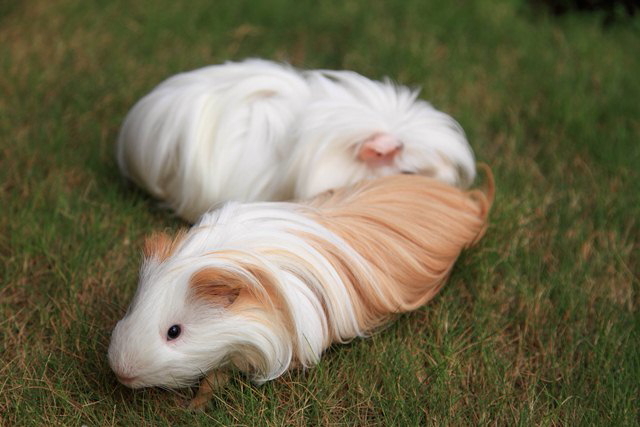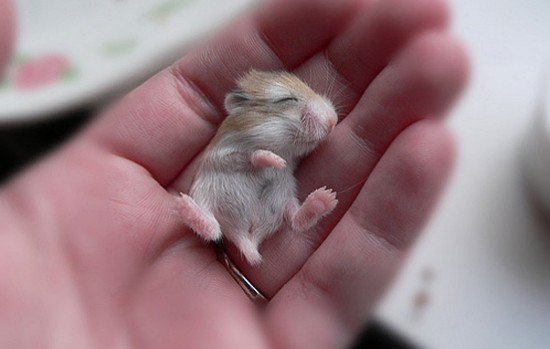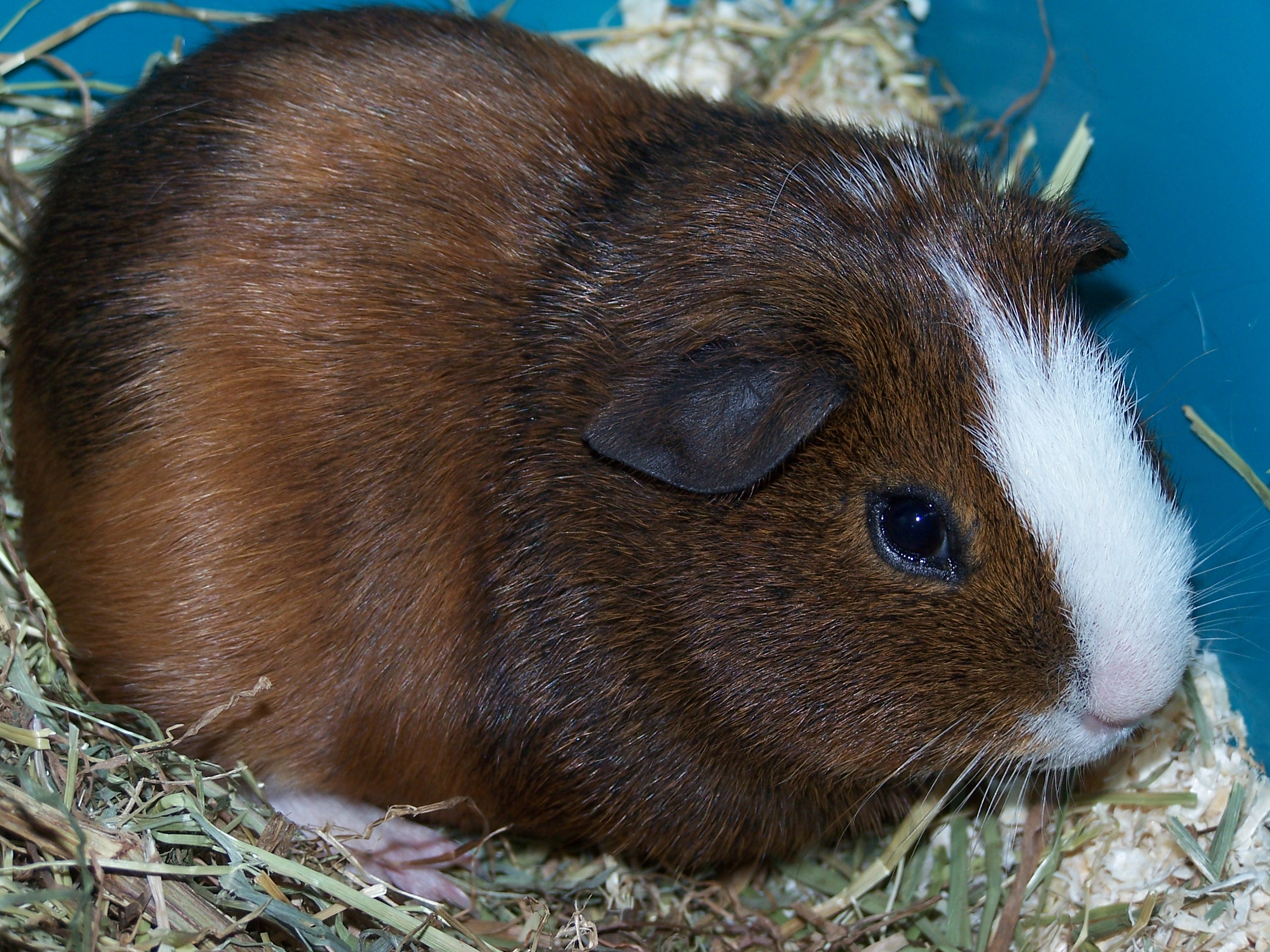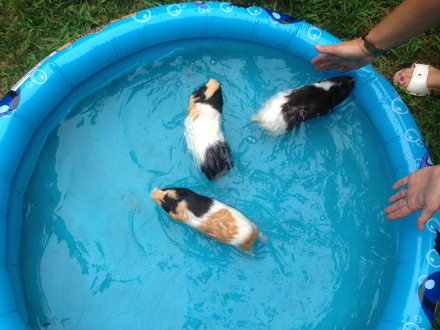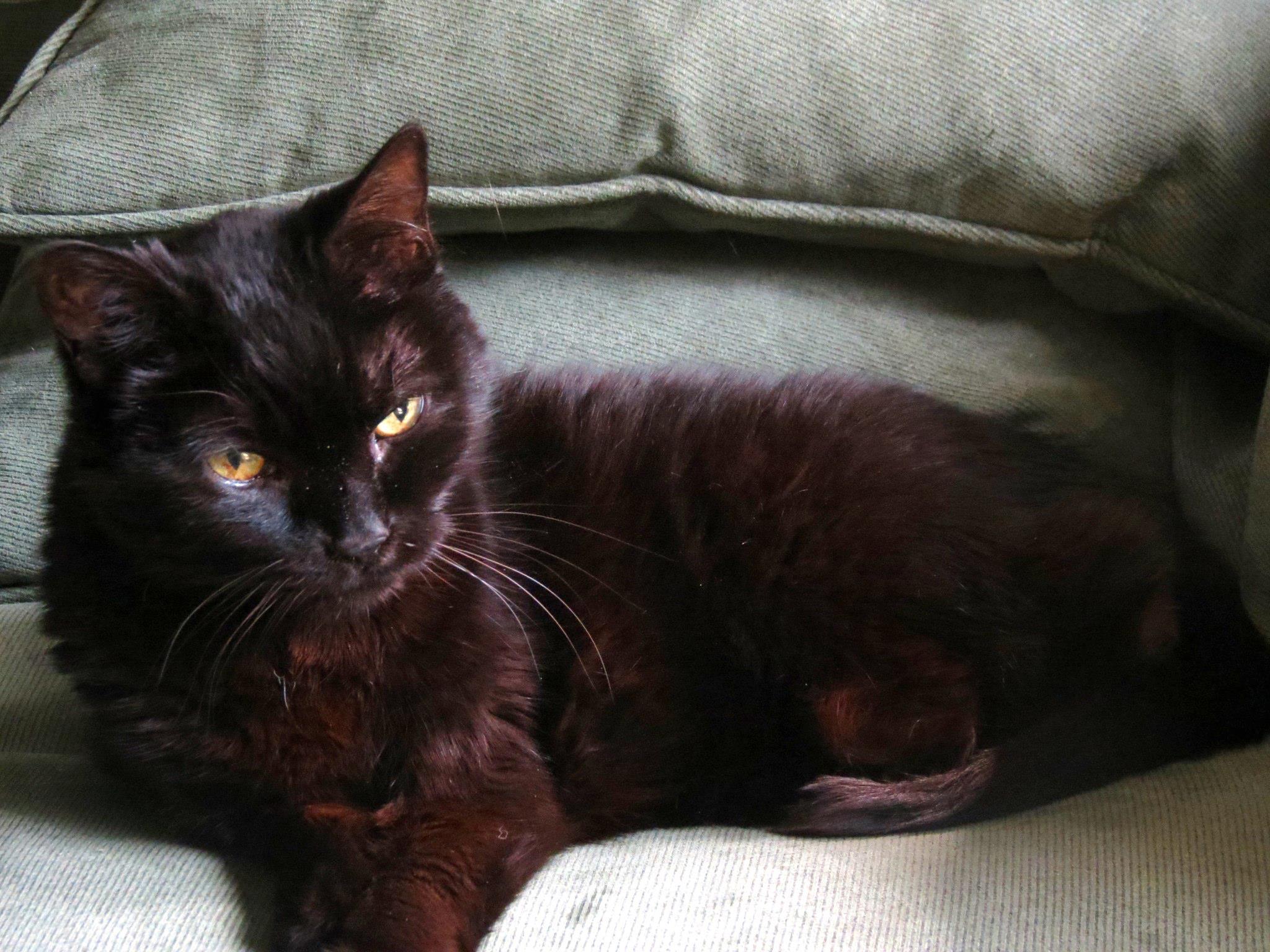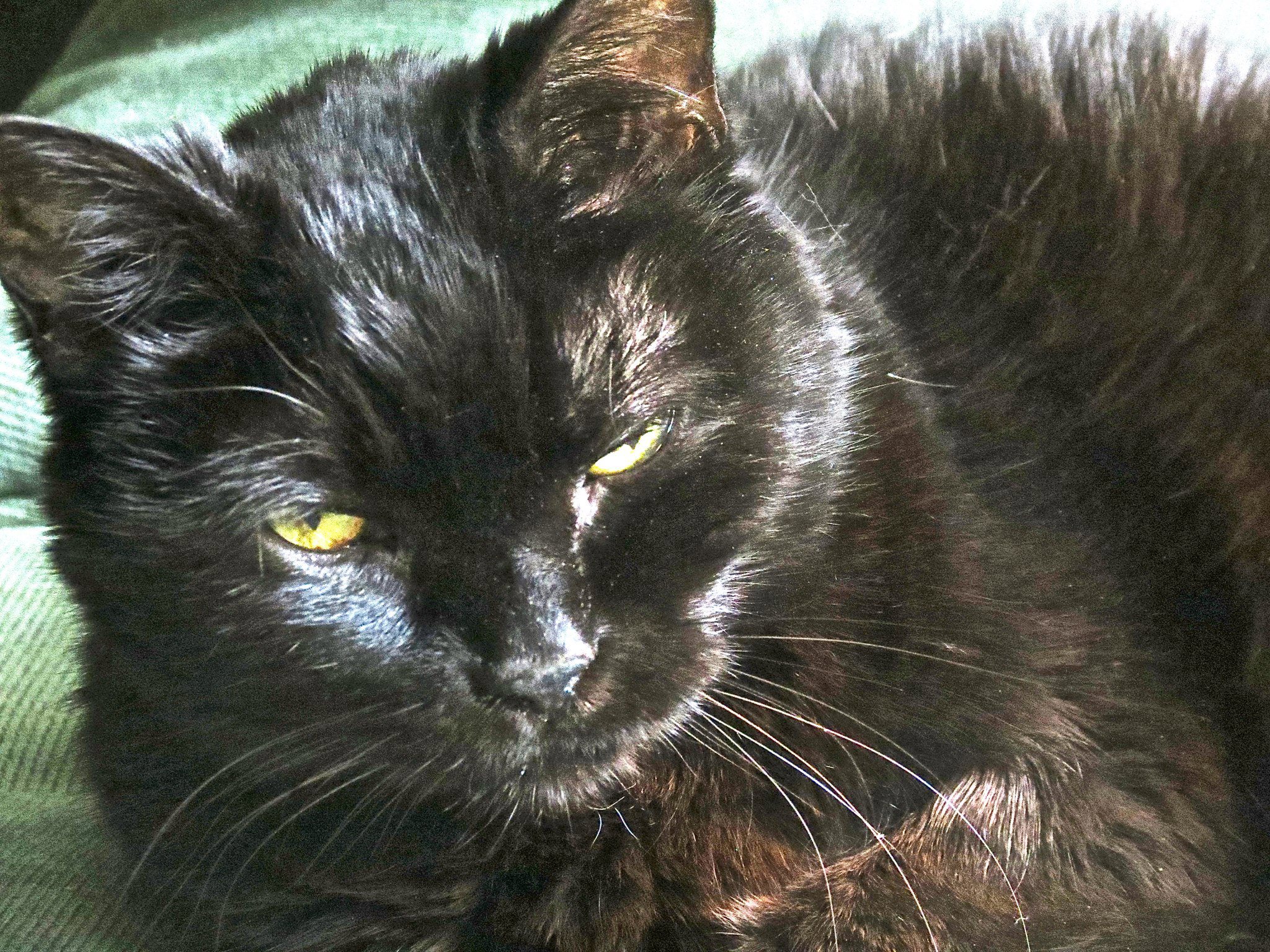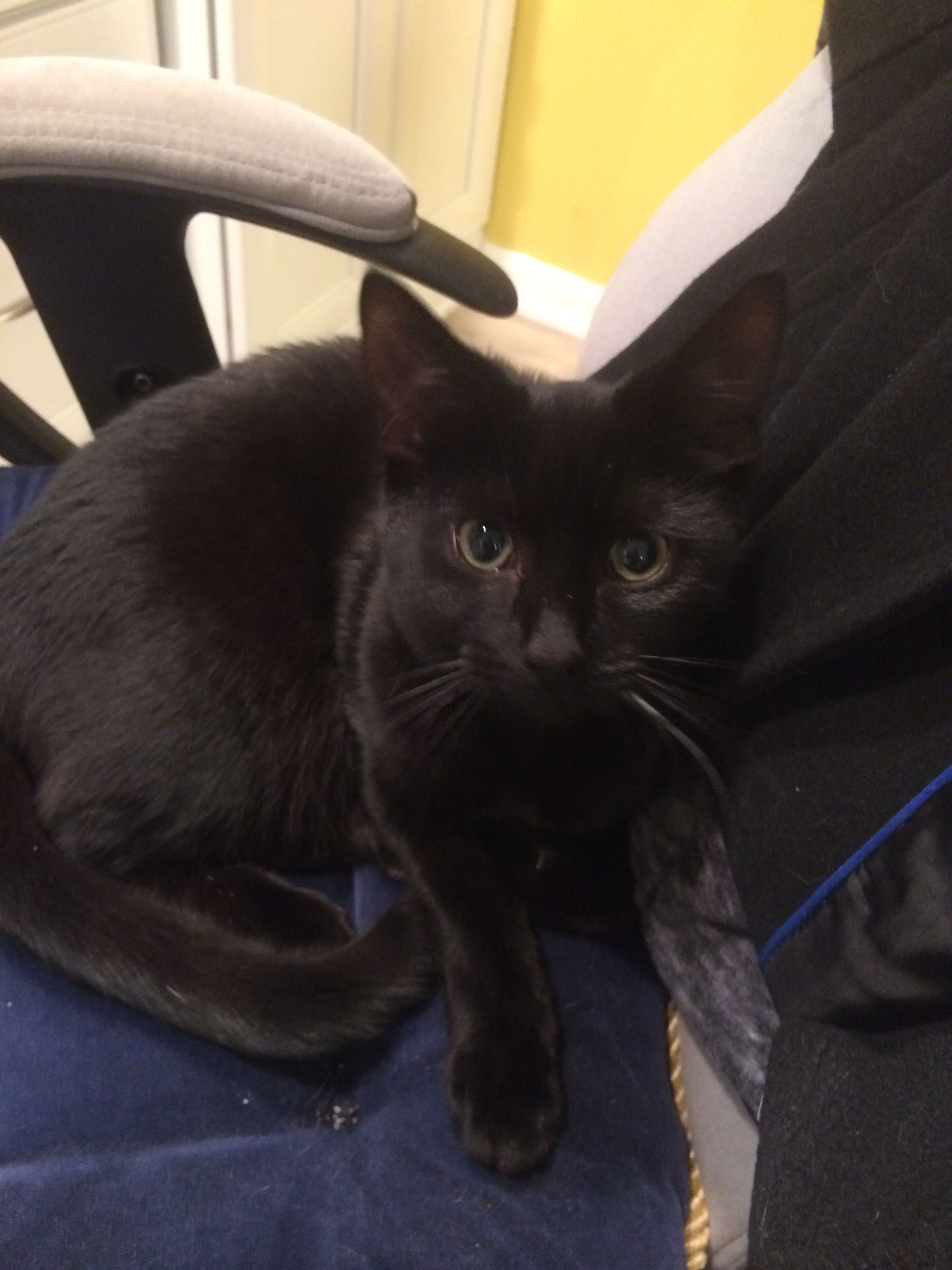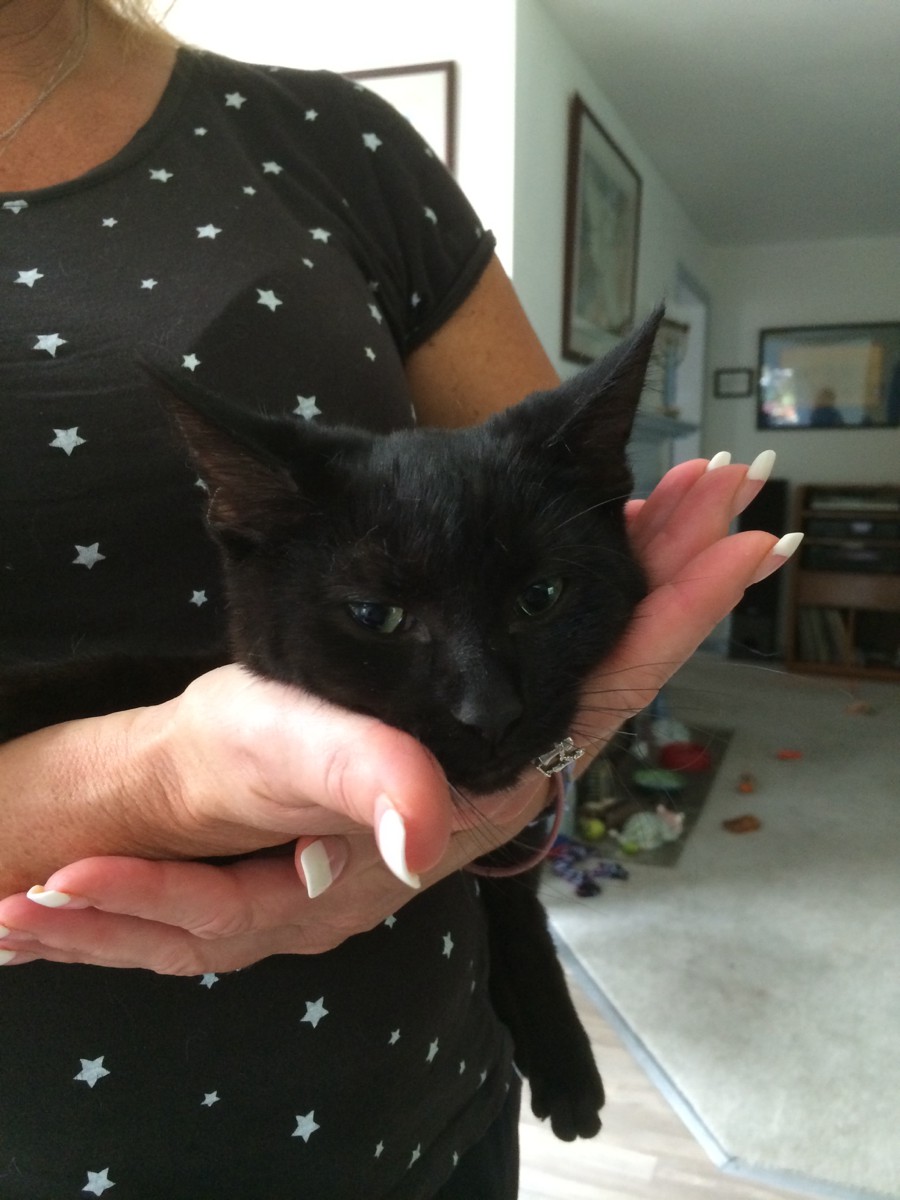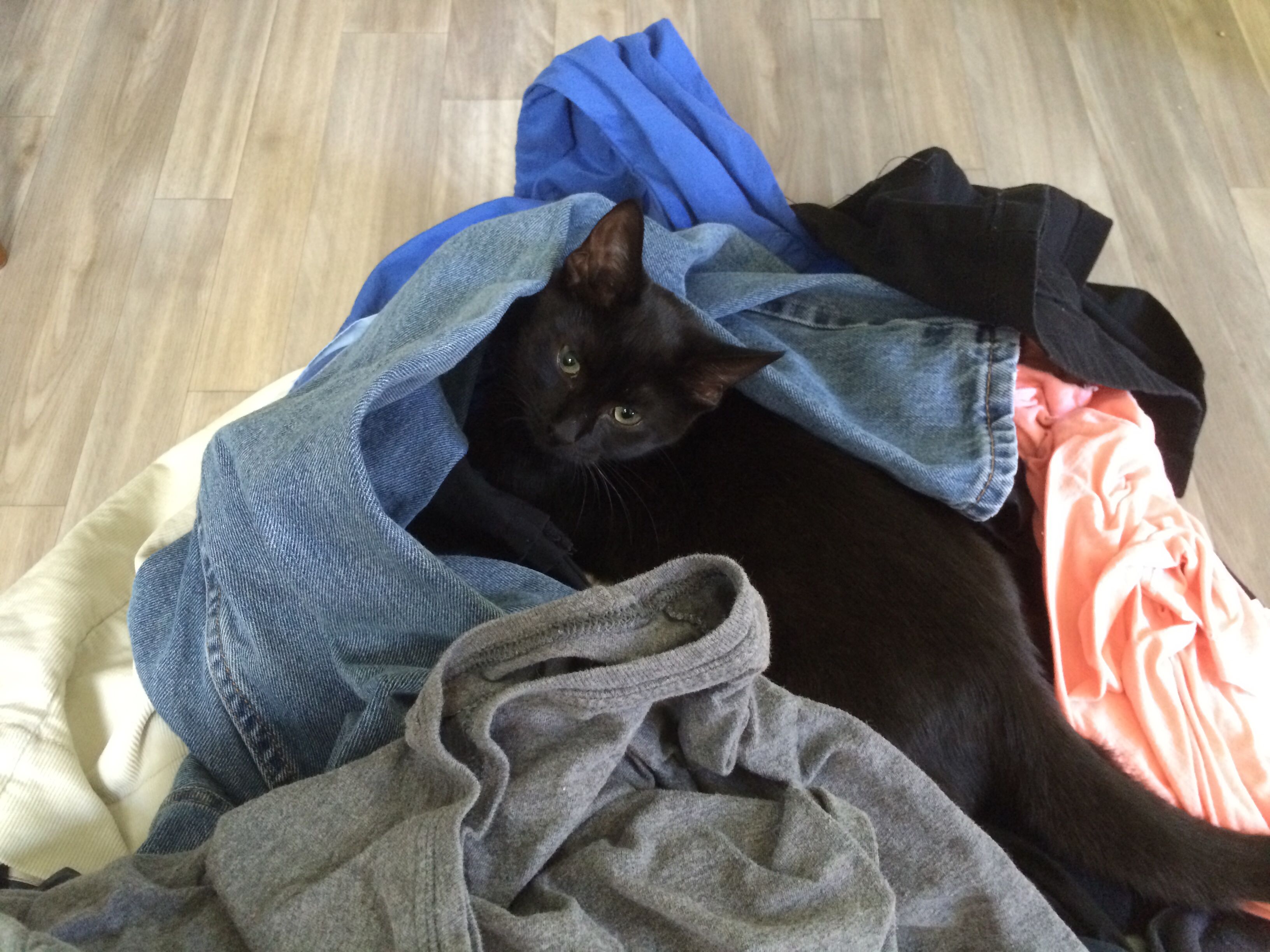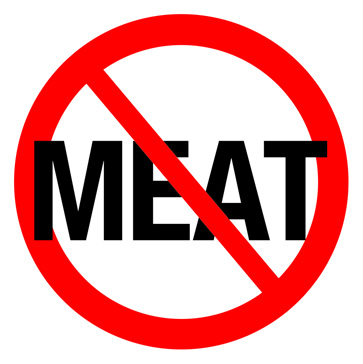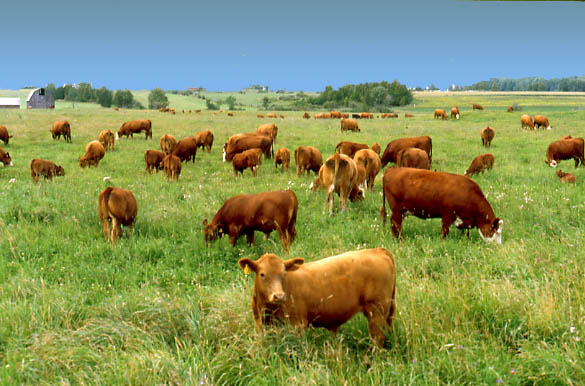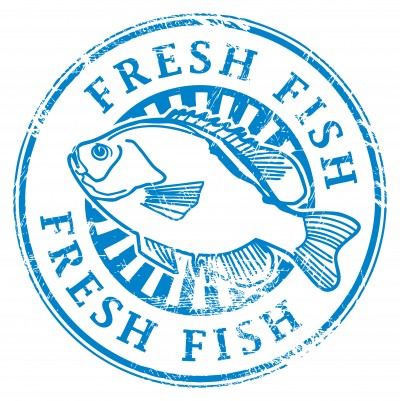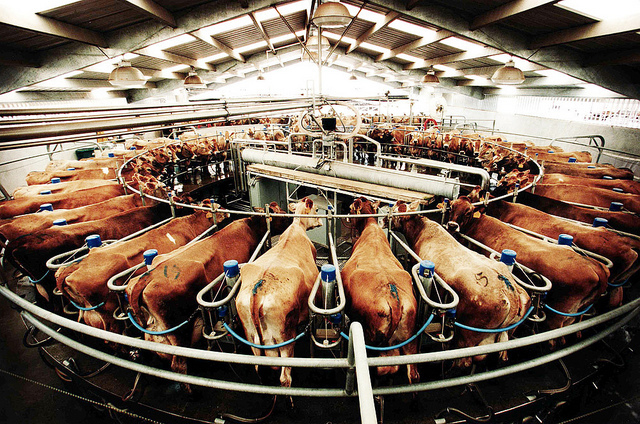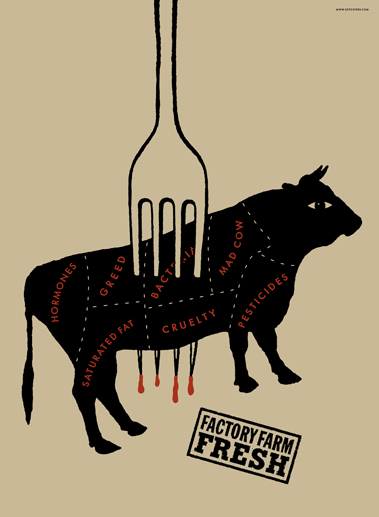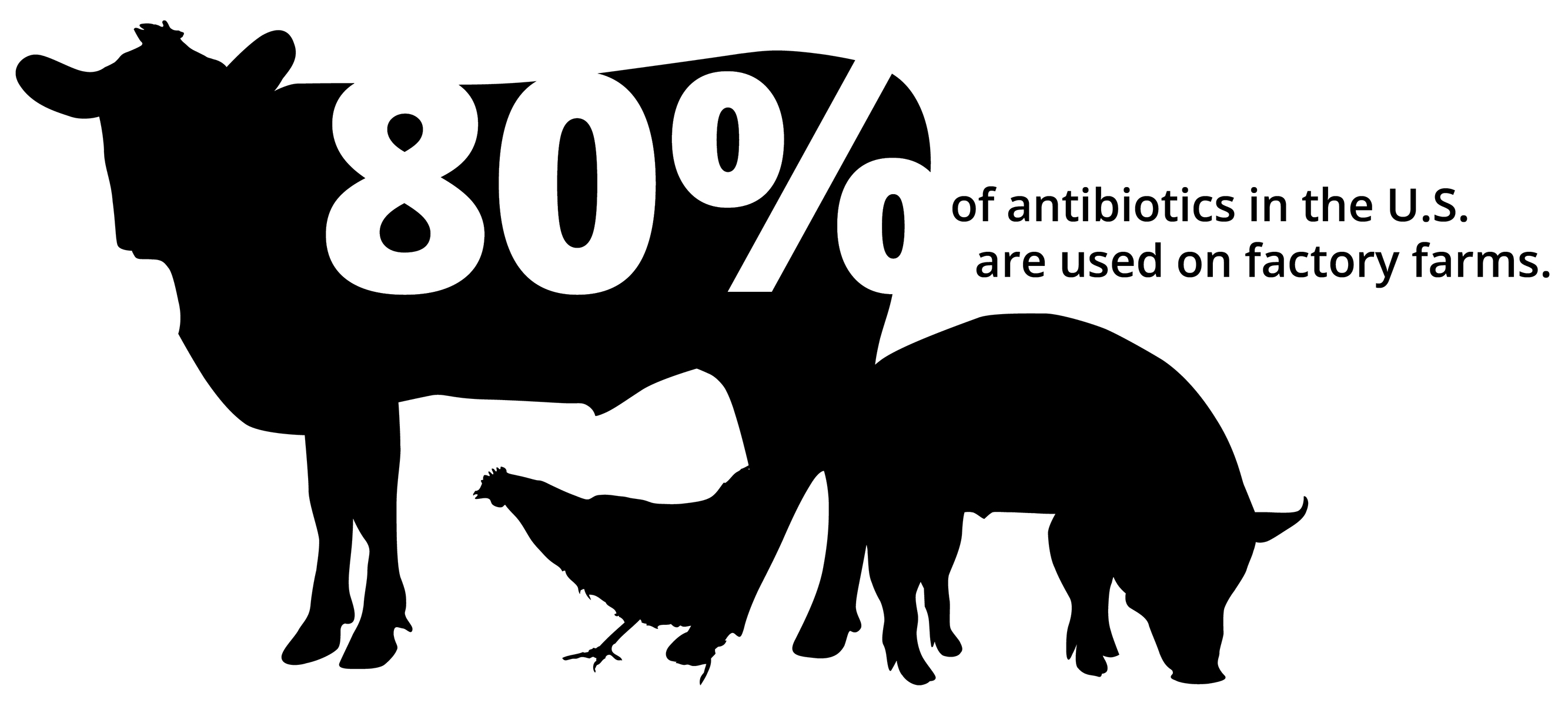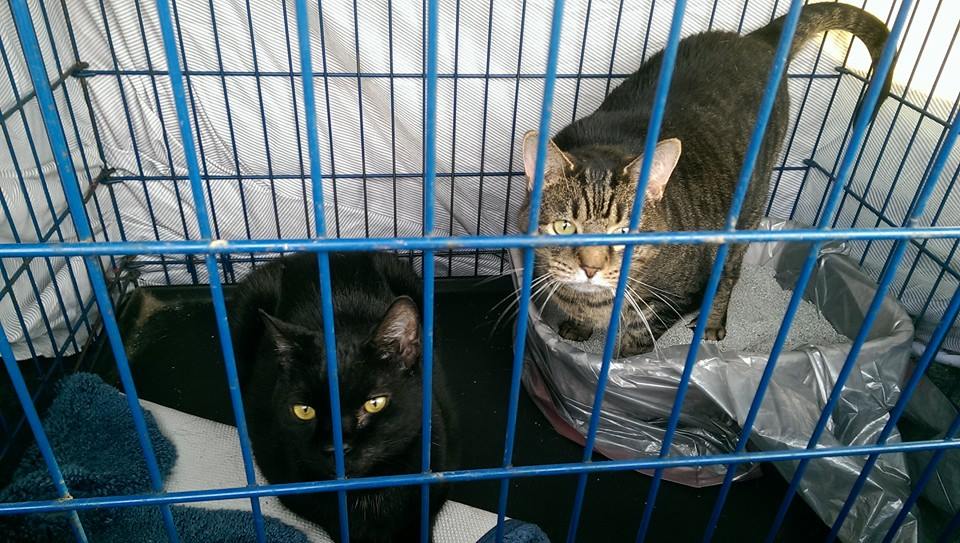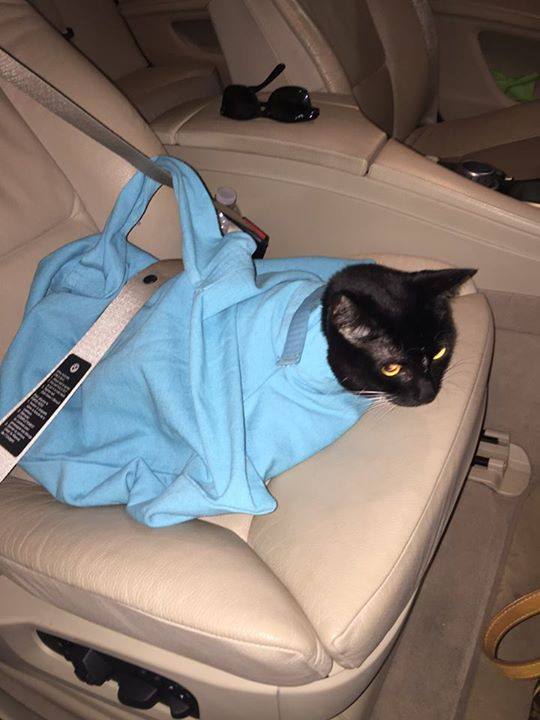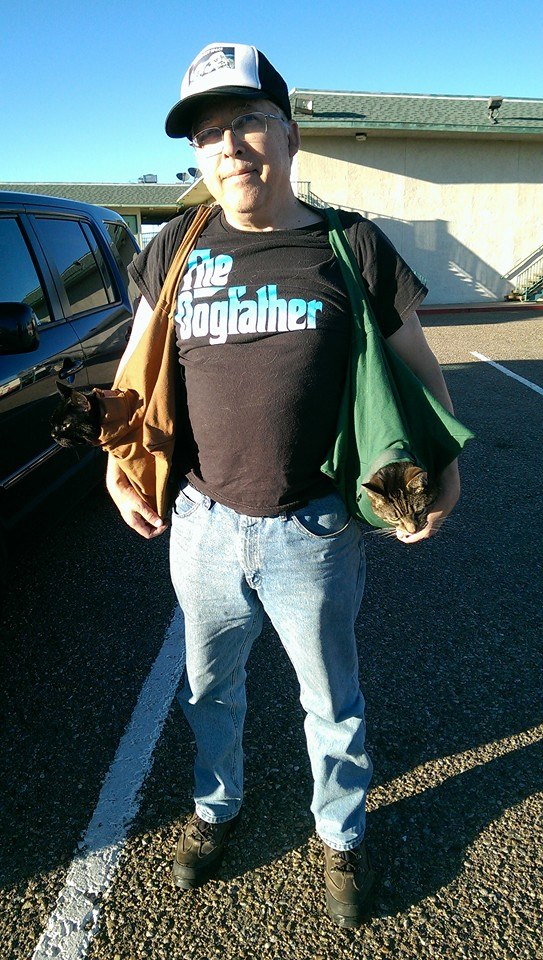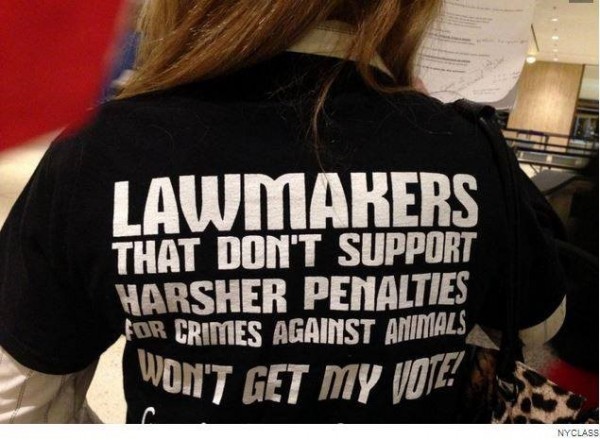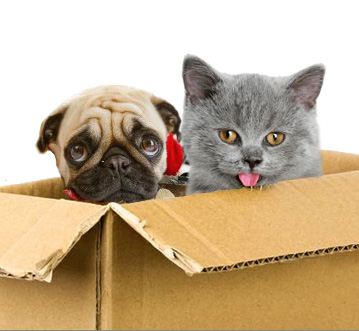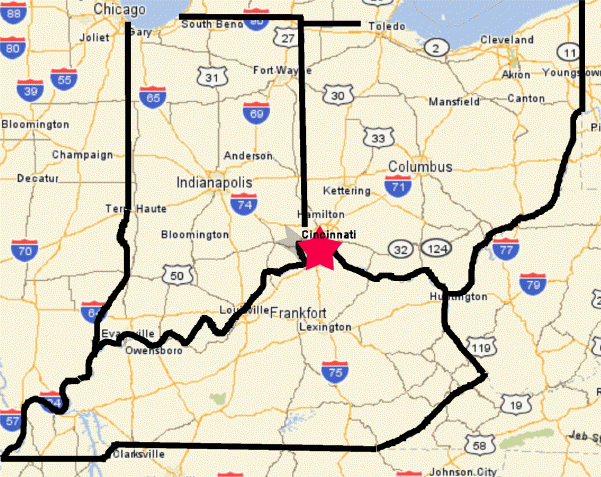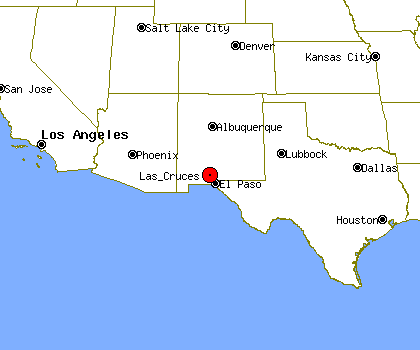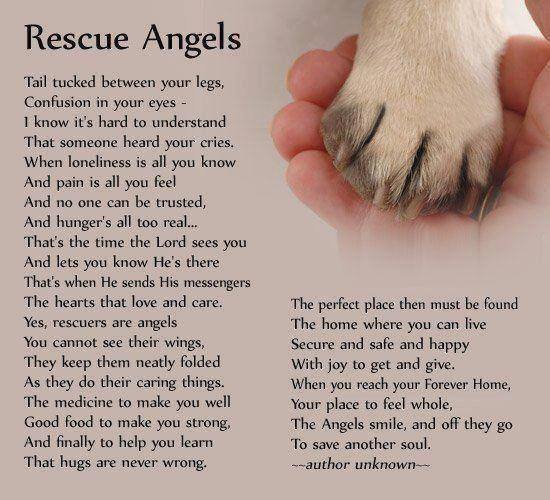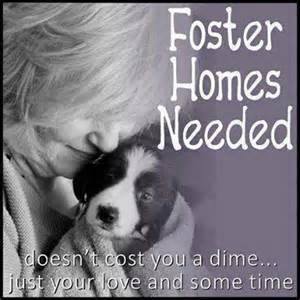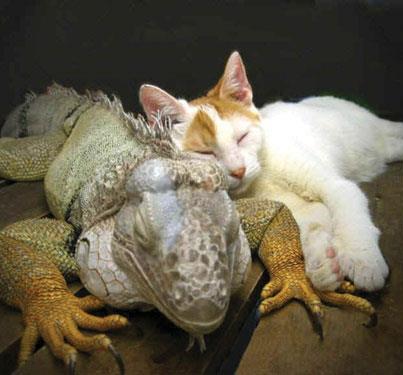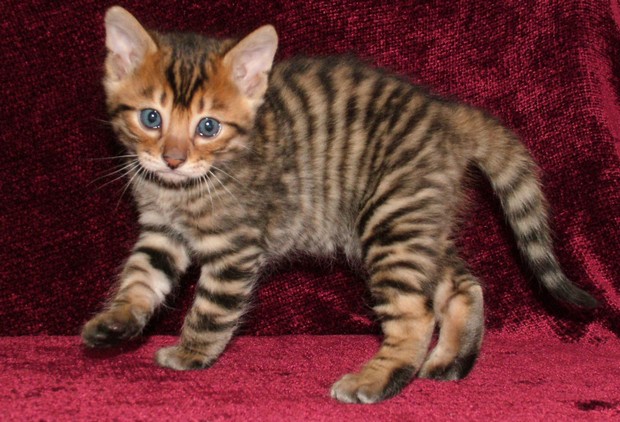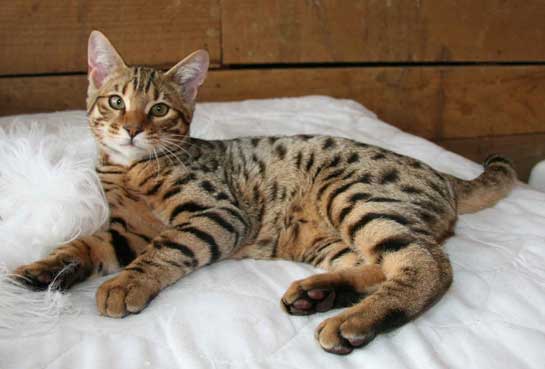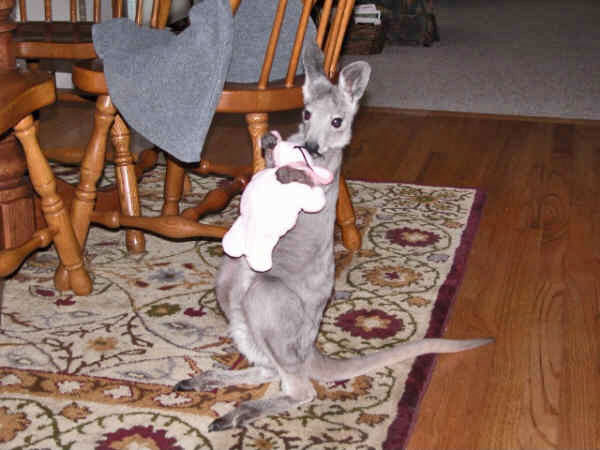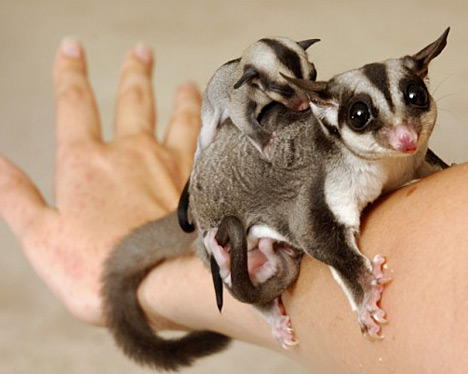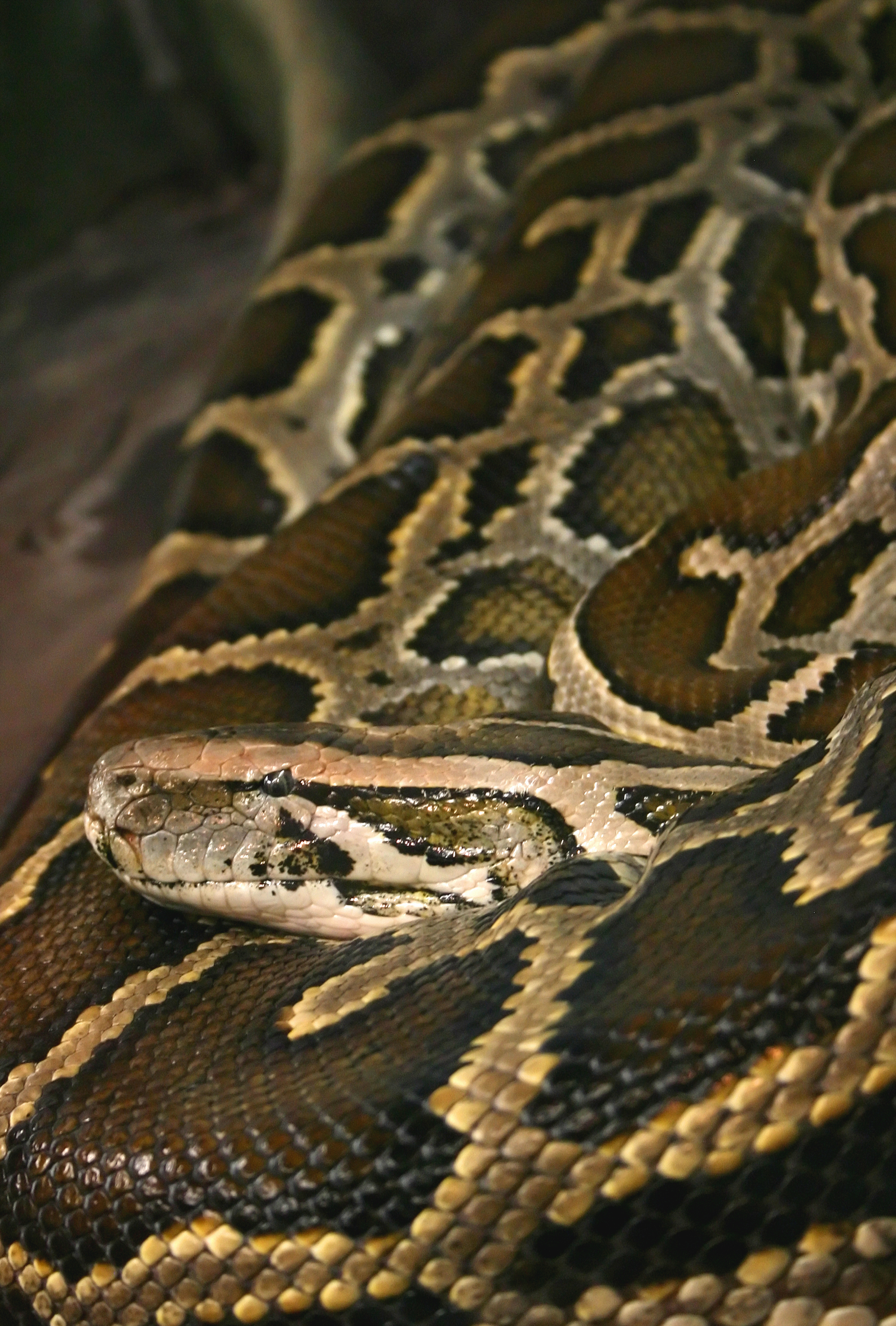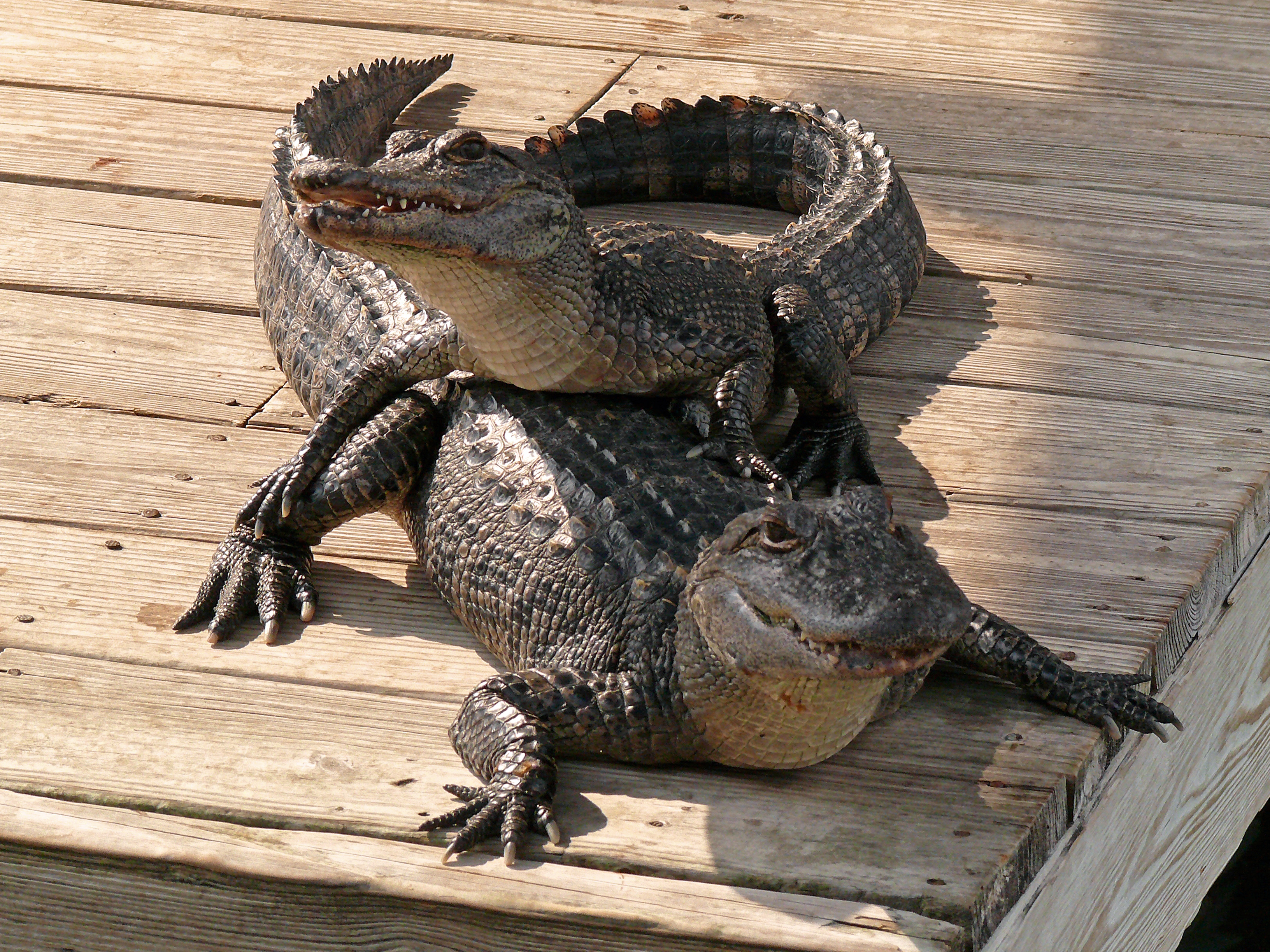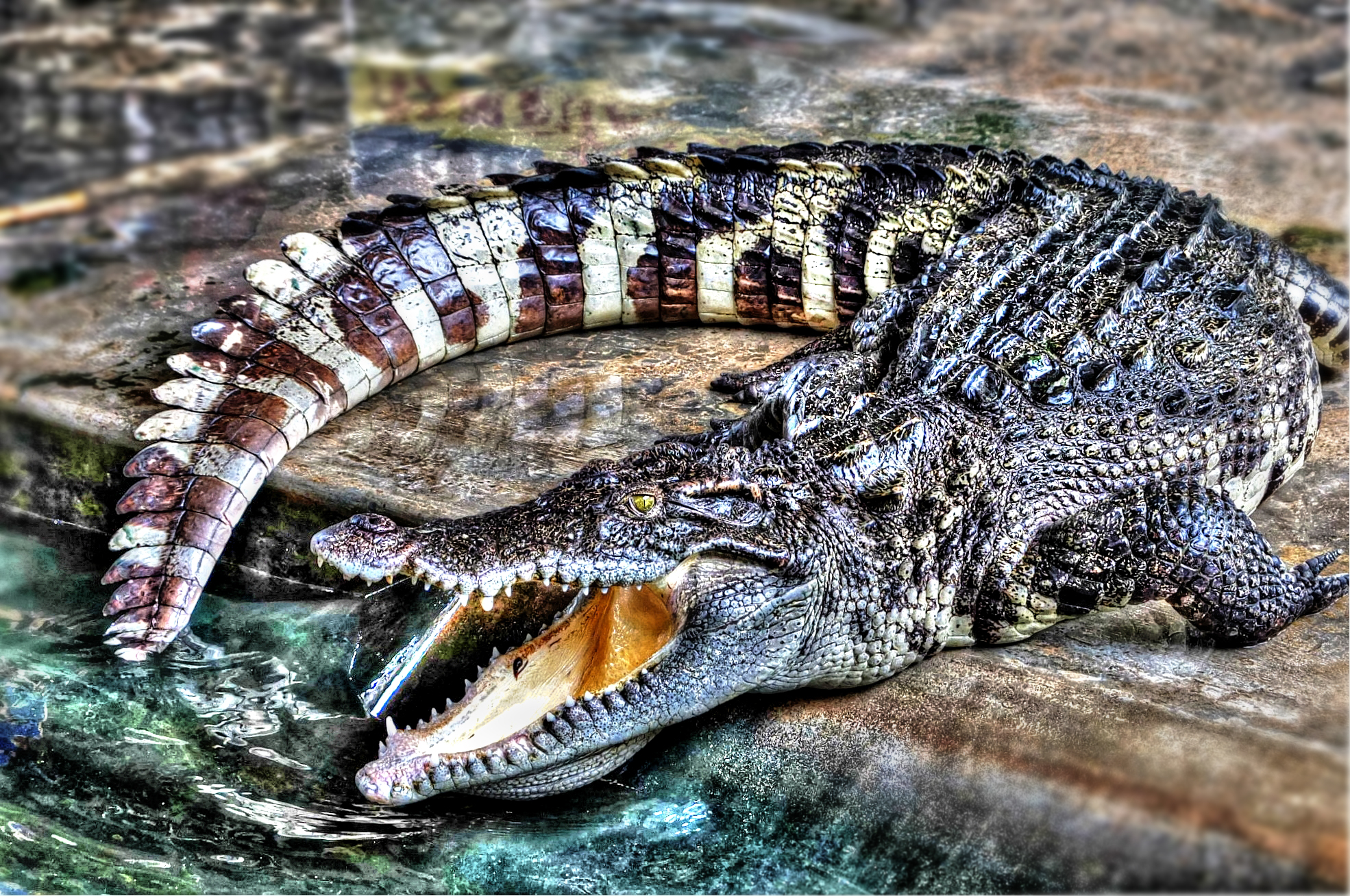Guinea Pigs Аs Pets
The fact that they didn’t come from Guinea, but instead are domesticated versions of Andean cavys, doesn’t seem to matter much to most guinea pig owners. These small pets were brought to the west by European traders in the 16th century, and ever since have been highly prized for their lovely coats, calm natures and the ease of caring for them. In fact, guinea pigs are great for small children!
On “Being A Guinea Pig”.
At one time, the cavys were food for the natives in the Andean region of Colombia, Ecuador, Peru, and Bolivia. The Moche people of ancient Peru worshipped animals, and often depicted the guinea pig in their art. Folklore traditions involving guinea pigs are numerous; they are exchanged as gifts, used in customary social and religious ceremonies, and frequently referenced in spoken metaphors. They also play a role in traditional healing rituals by folk doctors, who use the animals to diagnose diseases such as jaundice, rheumatism, arthritis, and typhus. They are rubbed against the bodies of the sick, and are seen as a supernatural medium. Black guinea pigs are considered especially useful for diagnoses. Spanish, Dutch, and English traders brought guinea pigs to Europe, where they quickly became popular as exotic pets among the upper classes and royalty, including Queen Elizabeth I. Experiments have been carried out on guinea pigs ever since the 17th century, mostly on research regarding juvenile diabetes, tuberculosis, scurvy, and pregnancy complications.
And Now For Some Science Fiction Trivia!
Did you know that the Star Trek: The Original Series episode “The Trouble With Tribbles”, written by David Gerrold, was inspired by a short story about guinea pigs called “Pigs Is Pigs” by Ellis Parker Butler? In the story, two guinea pigs at a railway station breed unchecked while humans argue as to whether they are “pigs” or “pets” for the purpose of determining freight charges. So there’s your bit of science fiction trivia for the day!
Guinea Pigs Are Great For Small Children and Small Spaces
Guinea pigs are large rodents, weighing 1-1/2 to 2-1/2 pounds, with an average lifespan of 4-5 years. They can live quite comfortably in a medium cage (30″ x 36″, larger if you have more than one), which makes things very convenient for their owners! They rarely bite, making them an ideal choice for children who are old enough to handle them gently. They enjoy living in groups of two or more; ideally this would mean several females and a single neutered male. More than one male can safely be housed together, providing the cage is large enough. Wire mesh floors are not recommended, as this commonly causes injury and infection. At one time, wood shaving type bedding was the norm, however it is now known to have harmful hydrocarbons. We recommend only hardwood shavings (aspen), shredded paper or corn cob bedding materials. This should be several inches deep and changed twice weekly. Although the cage should be inspected daily with an eye to removing soiled bedding, droppings and stale food. Clean the cage completely once a week by replacing dirty bedding and scrubbing the bottom of the cage with warm water. Then dry everything completely before adding fresh bedding.
It’s not a good idea to keep your cavys in the same cage as other rodents. They may act aggressively toward your guinea pig–or even pass along infections. And be sure you watch your dogs and cats around your cavy–sometimes they can think small pets are food and not friends!
Speaking Of Guinea Pig Foods…
The cavy’s natural food is grass, so timothy hay is good, or you can use special pellets made from timothy. Some alfalfa may also be fed. It’s best to check with your vet on the proportions they recommend. This pet also requires fresh, raw vegetables like broccoli, apple, cabbage, carrot, celery, and spinach on a regular basis, or it may contract scurvy! Luckily, supplements are available if you have a picky eater. Like rabbits, cavys have teeth that continue to grow all their lives, so they need a constant supply of edible chewables; otherwise they may chew on cloth, paper, plastic, and rubber.
There іs а list оf foods tо avoid wіth thеsе furry pets. A number of plants are poisonous to guinea pigs, including bracken, bryony, buttercup, charlock, deadly nightshade, foxglove, hellebore, hemlock, lily of the valley, mayweed, monkshood, privet, ragwort, rhubarb, speedwell, toadflax and wild celery. Also, any plant which grows from a bulb (tulip or onion) is poisonous, as well as ivy and oak tree leaves.
Grooming Your Cavy
Guinea pigs are great for small children also because they can simply use a comb or brush. It’s a good idea to do this weekly. But if you have a long-haired breed of guinea pig, daily is best. Cavys also groom themselves and each other.
Behavior
When frightened, a group of guinea pigs will dart in all directions, squealing or shrieking, and sometimes hop! This is an instinctive reaction, and is intended to confuse predators. Cavys are very vocal in general and make a wide range of sounds: whistling, bubbling, purring, rumbling, chutting or whining. They have been known to whistle when they see their owners–or when they see you bringing them food!
Breeding
It’s important to know that female guinea pigs can become pregnant as early as one month of age (before they are fully adult). The average gestation period is about 65 days. Litters can be anywhere from one to six pups, with an average of three. Unlike most other rodents, baby cavys are almost completely developed at birth. And if you have more than one female, they commonly care for each other’s young.
Health
You’ll want to handle your cavy frequently, not only for good socialization, but also because they can be prone to injury from a variety of causes: typically, hay getting stuck in the throat or eyes. But they can also develop pneumonia (so watch for excessive sneezing.) And they can contract lice and mites. They cannot tolerate excessive heat or cold. And you’ll want to keep them out of drafts. Generally, if you are comfortable, they will be, too. If going out in cold weather with your cavy, just cover the cage with a small blanket. And remember to pre-cool the car before you travel on hot days. Like most prey animals, it is instinctive for the guinea pig to hide pain and distress. Frequent handling will show you how your pet normally responds, so you can quickly detect any changes and make appropriate health care decisions with your vet.
Allergens
Guinea pigs as pets may not be a good idea if you are typically allergic to the dander of hamsters and gerbils, or have asthma. It can take up to 18 months to find relief from allergy medications for these reactions.
Funny Things
Strangely, they are really good at…swimming!
To sum up, guinea pigs are great for small children, especially if you are short on space. They are very interesting, funny little creatures, who should be handled and groomed frequently and gently. We’d love to hear stories of you getting savvy about your cavy! Please drop us a comment and let us know if you have any questions, or just want to send us a pic or two of your guinea pigs.
Joy Jones, our Editor In Chief, is a syndicated columnist living with her husband Dave in Las Cruces, New Mexico. When not working on Your Pet Space, she writes a metaphysical column, as well as urban fantasy and humor. You can e-mail her at joy@yourpetspace.info as well as follow her on Facebook or Twitter.


